Canna L.
canna lily
Cannaceae
Crinum, Dieffenbachia, Hedychium, Hellenia (=Cheilocostus), Thalia
tropical and subtropical regions of the New World
(eight species plus numerous cultivated hybrids and varieties)
Canna flaccida Salisb.
C. generalis L.H. Bailey & E.Z. Bailey
C. glauca L.
C. indica L.
C. iridiflora Ruiz & Pav.
C. jaegeriana Urb.
C. paniculata Ruiz & Pav.
C. tuerckheimii Kraenzl.
tropical areas worldwide
weedy in some countries
Erect, large-leaved, helophytic herb
Perennialperennial:
(adj) (of a plant) having a life cycle of more than two years
, rhizomatousrhizomatous:
(adj) possessing rhizomes
. Stem erect, leafy, glabrousglabrous:
(adj) without hairs or scales
. Leaves al ternateternate:
(adj) in threes
; petiolepetiole:
(n) the stalk of a leaf
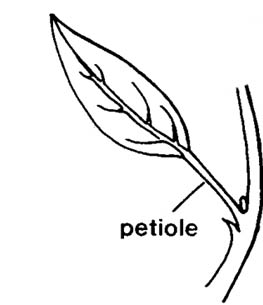 indistinct or short; leaf bladeblade:
indistinct or short; leaf bladeblade:
(n) (syn. lamina) the flat, expanded part of a leaf, frond, or petal (excluding, e.g., the petiole)
 ovateovate:
ovateovate:
(adj) egg-shaped in outline; generally with the broad end at or near the base
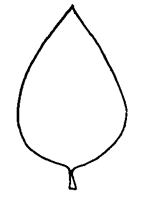 to ellipticelliptical:
to ellipticelliptical:
(adj) in the form of an ellipse (oval)
 , large, green (bronze, maroon, or variegated in hybrids and cultivars); apexapex:
, large, green (bronze, maroon, or variegated in hybrids and cultivars); apexapex:
(n) the point farthest from the point of attachment; the tip (often pointed)
obtuseobtuse:
(adj) with a blunt or rounded apex and sides coming together at an angle of more than 90 degrees
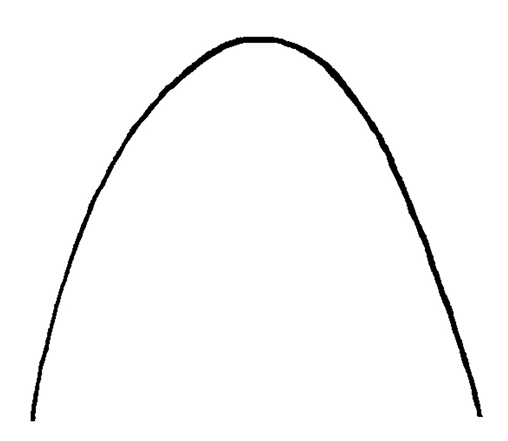 to acuteacute:
to acuteacute:
(adj) tapering to a sharp, pointed apex with more or less straight sides; broader than acuminate; forming an angle of less than 90 degrees , often shortly acuminateacuminate:
, often shortly acuminateacuminate:
(adj) tapering gradually to a point and forming more or less concave sides
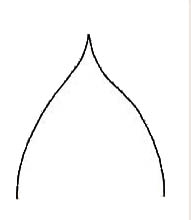 and/or ending in a filiformfiliform:
and/or ending in a filiformfiliform:
(adj) thread-like; long and thin
thread; base sheathing; venationvenation:
(n) the arrangement of veins in a leaf
pinnate. Inflorescenceinflorescence:
(n) the arrangement of flowers on the floral axis
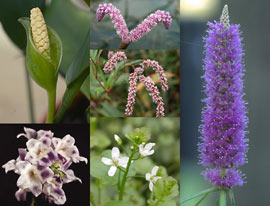 terminalterminal:
terminalterminal:
(adj) at the apex
, solitary or 2-flowered monochasialmonochasial:
(adj) in the form of a monochasium
cymes, composed secondarily into a spikespike:
(n) an indeterminate, unbranching inflorescence of sessile flowers or flower clusters on a usually elongated axis
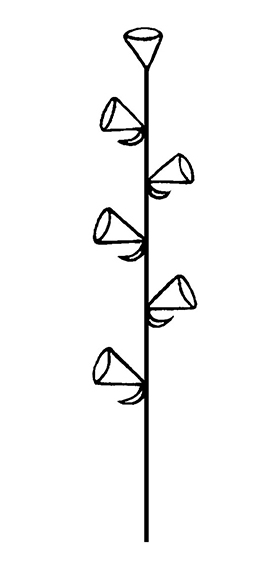 or paniclepanicle:
or paniclepanicle:
(n) an indeterminate, branched (often much-branched) inflorescence; the ultimate units may be of a different inflorescence type
 ; peduncles often glaucousglaucous:
; peduncles often glaucousglaucous:
(adj) covered with a waxy whitish or bluish coating
; bractbract:
(n) a modified leaf near a flower or inflorescence, often reduced, sometimes large and/or petaloid; also glumes, lemmas, and paleae of grass spikelets
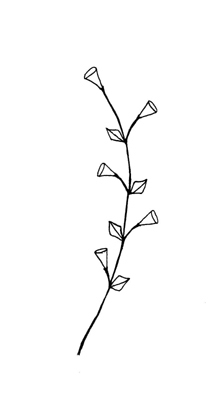 subtending secondary inflorescenceinflorescence:
subtending secondary inflorescenceinflorescence:
(n) the arrangement of flowers on the floral axis
 ; floral bracts papery, subtending each flower/monochasial cymecyme:
; floral bracts papery, subtending each flower/monochasial cymecyme:
(n) a determinate, usually flat-topped or convex inflorescence in which the terminal flower blooms earliest
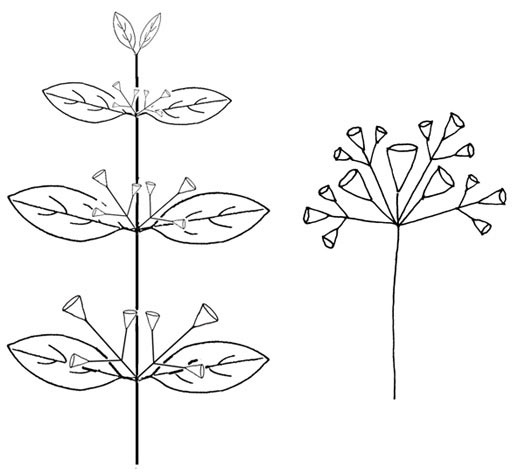 ; petiolepetiole:
; petiolepetiole:
(n) the stalk of a leaf
 ± absent. Flowers zygomorphiczygomorphic:
± absent. Flowers zygomorphiczygomorphic:
(adj) bilaterally symmetrical; symmetrical along only one plane
, generally erect, color variable in numerous cultivars; sepals 3, triangular to obovateobovate:
(adj) ovate, with the narrow end at the base
 , often half the size of petals; petals 3, erect to reflexedreflexed:
, often half the size of petals; petals 3, erect to reflexedreflexed:
(adj) abruptly curved or bent downward
, ovateovate:
(adj) egg-shaped in outline; generally with the broad end at or near the base
 -triangular, margins curved inwards, basally fused.
-triangular, margins curved inwards, basally fused.
in wet or swampy places, marshes, along streams, rivers, or roadsides (also in secondary vegetation)
Members of Canna (10-15 species) are commonly cultivated for ponds and gardens, and for their seeds, which are used for beads.